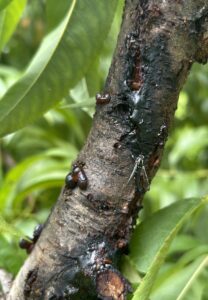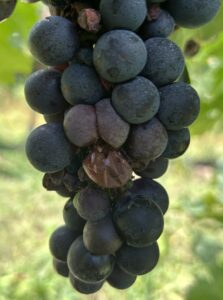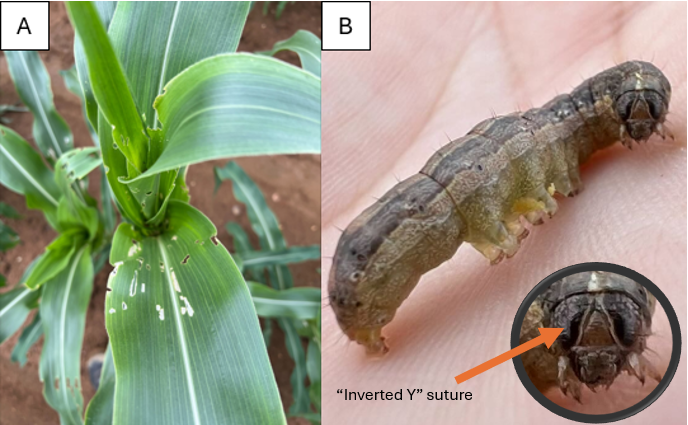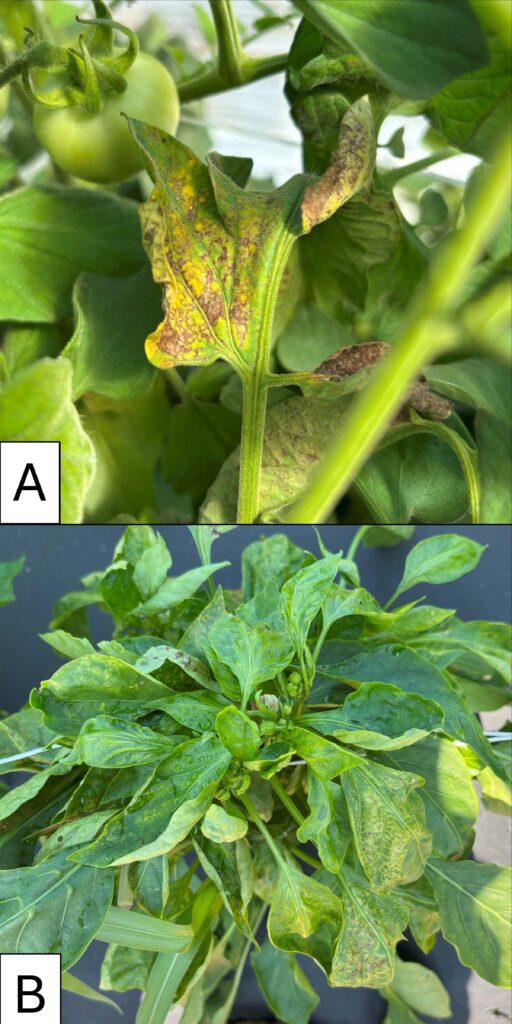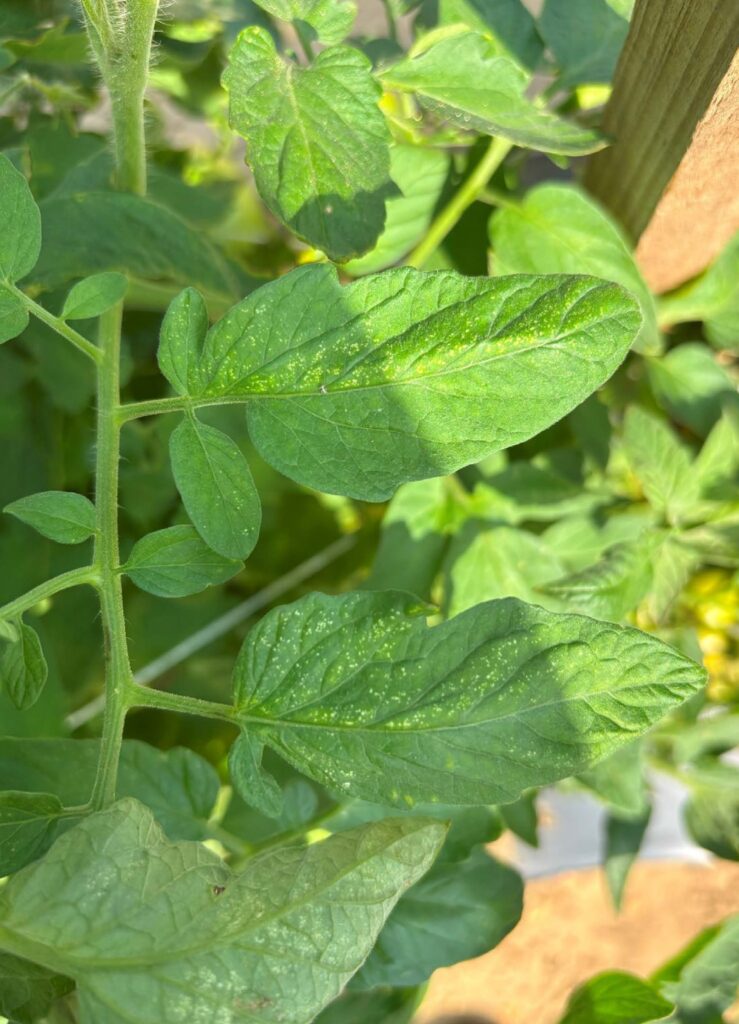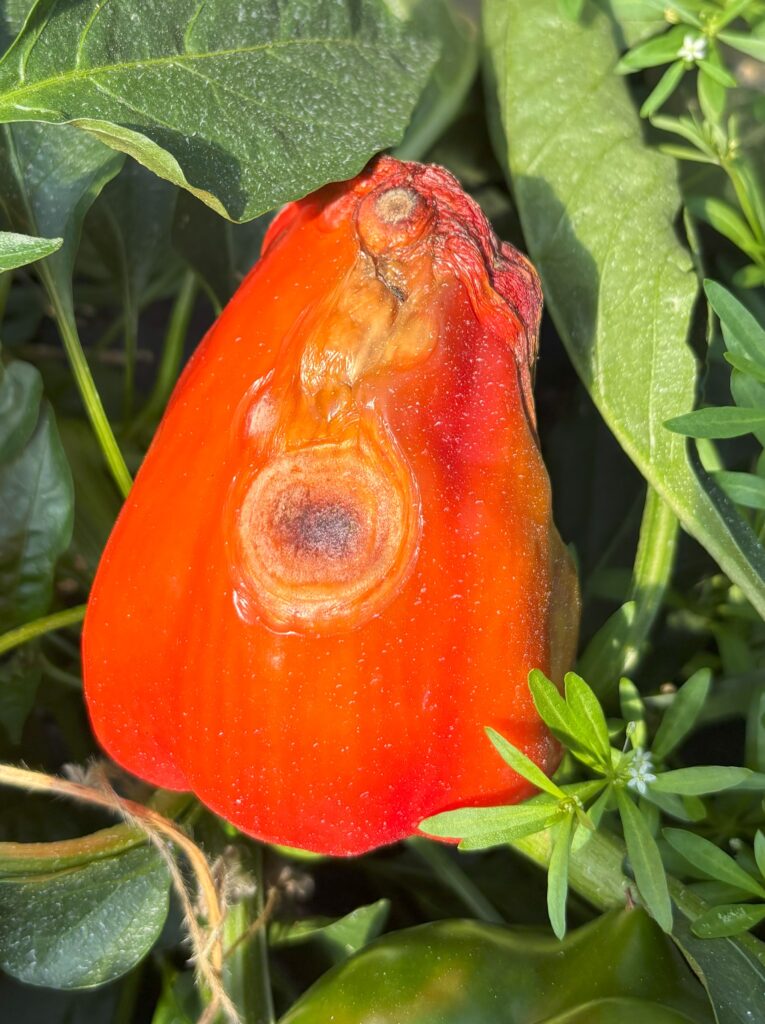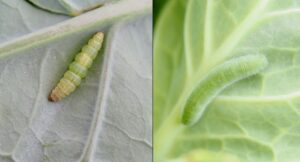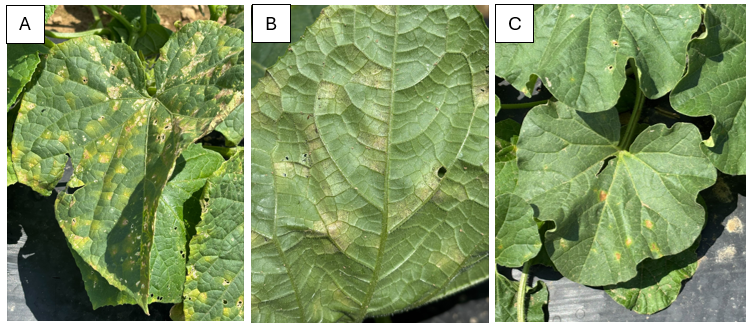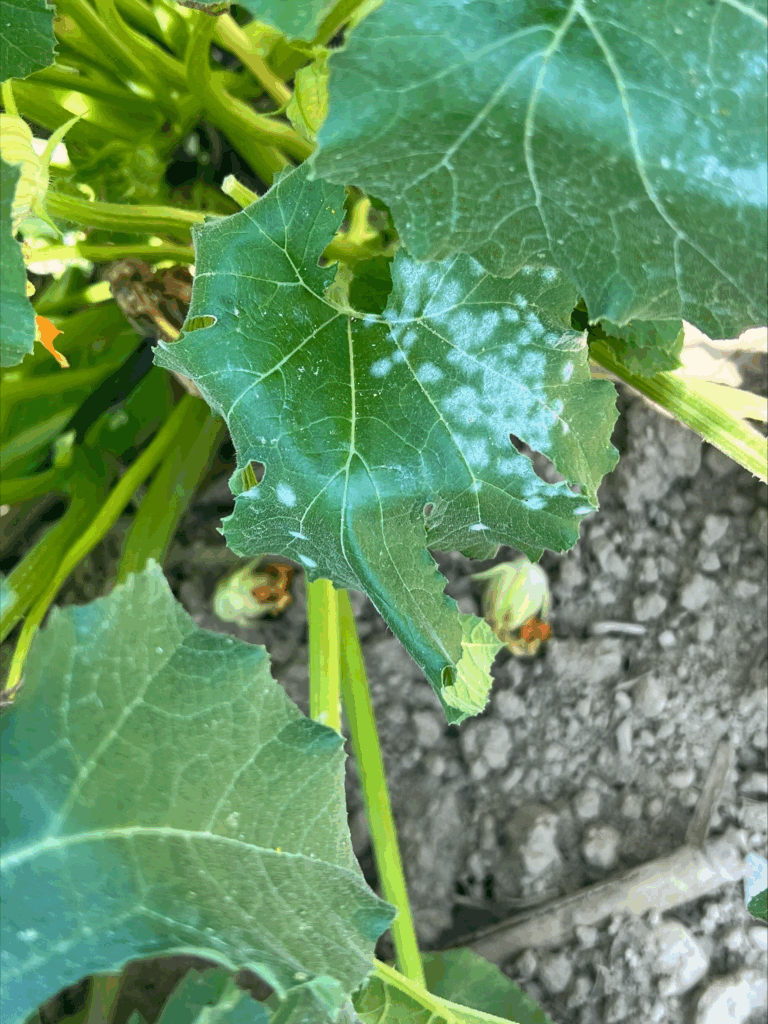The U.S. Environmental Protection Agency (EPA) has announced the availability of an online tool to help farmers and applicators implement mitigation measures to protect endangered species from pesticides. The mitigation measures were established to reduce exposure from pesticides for nontarget organisms as listed under the Endangered Species Act. Levels of mitigation that are required on pesticide labels can include mitigations for spray drift, runoff, and buffer zones. In April 2025, EPA released a mitigation menu website that includes information on these measures and how to calculate if a pesticide user has incorporated the number of “points” associated with the mitigation measures required by the pesticide labelling. It is the responsibility of the pesticide user to ensure that all pesticide labelling requirements are met, and requirements will vary among labels and products used.
The new tool released by EPA, the Pesticide App for Label Mitigations (PALM) is a mobile application that helps farmers and pesticide users use the EPA’s mitigation menu and stay compliant when applying pesticides for agricultural crop uses. The tool will combine relevant information and calculations needed to help farmers determine whether the necessary level of mitigation has been met before applying a pesticide.
If you are interested in learning more about the mitigation menu and available tools, the EPA will be hosting a public webinar on September 16th at 2 PM Eastern Time. Register here for the webinar.

